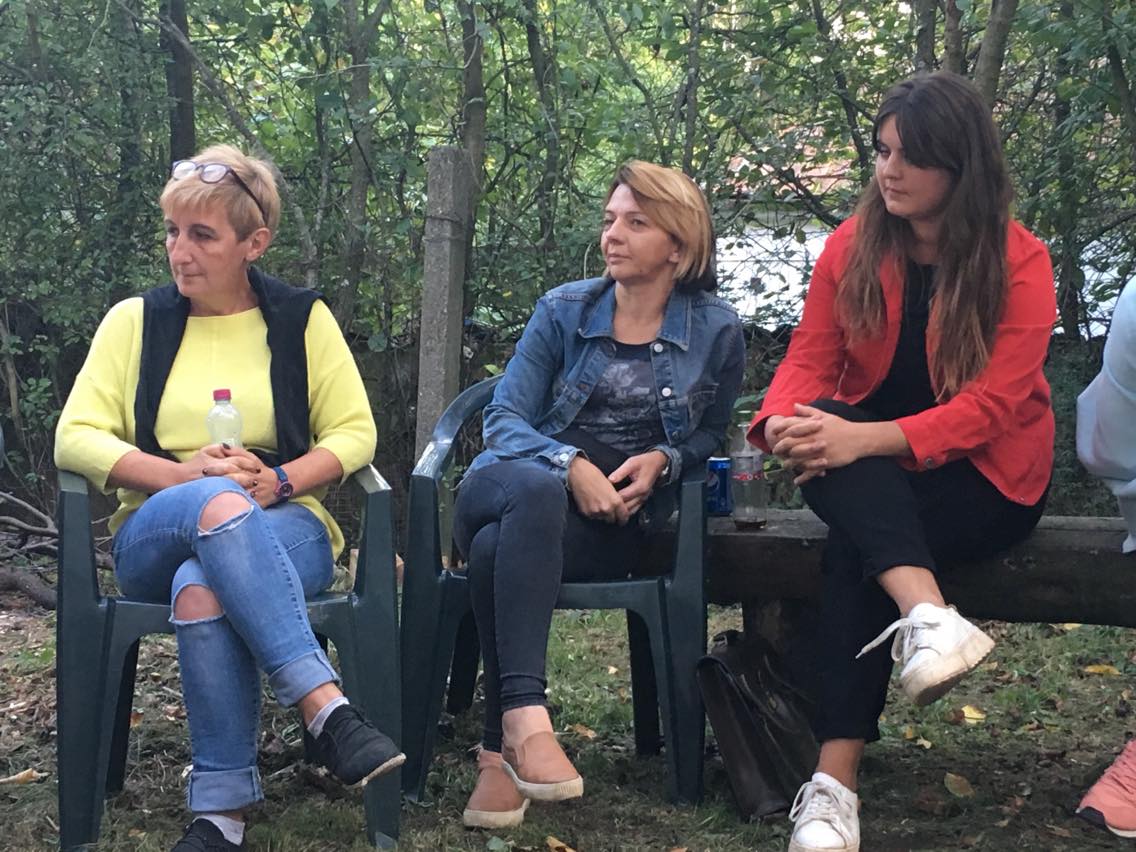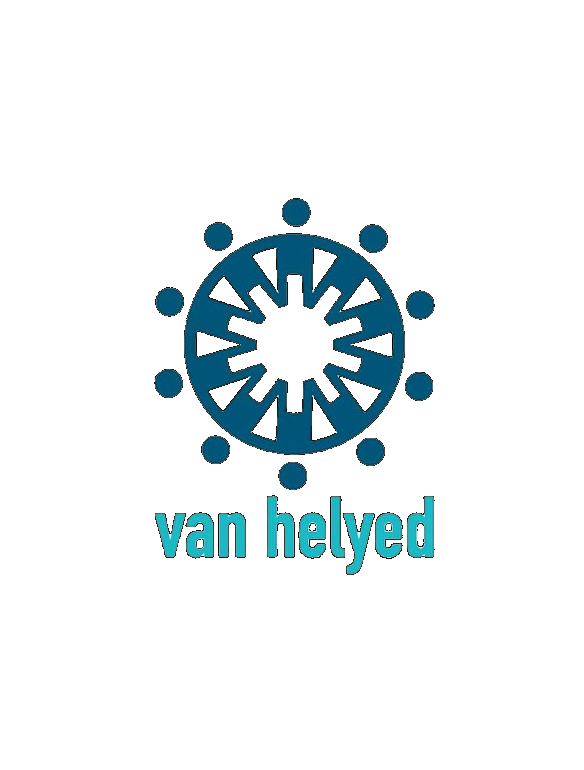
During brief coaching we do what makes the participants more confident in their own successful self-organization. If it's about self-organization, the effective forming of our own behavior it is obvious that it's different for each client and also that if we supported one client's successful self-organization it does not guarantee that we can support another client coming from a different context, who has different strengths the same way. Based on our experiences and concepot, we are dedicated to the constant revision of the methods and processes of helping: part of the concept is to vigilantly watch if the concept is adequate.
The source of brief coaching is the approach and tools which started in its original context as an approach of family help therapy starting from the early-mid 80s. It was crystallized by the research and support group centered around Insoo Kim Berg and Steve de Shazer in Milwaukee, USA from a practice that was revised over and over again. Their everyday life consisted of dealing with severely problematic, very very difficult cases who, most of the time, didn't come to them on their own decision and they couldn't count on them coming for a second time. So, this was not only about truck drivers, but those who were at the very edge of social support systems and getting sent to a different place or falling out of this system altogether could happen to them anytime. Insoo herself recalls that her clients often arrived with a huge file which she then, as it was, put away and started working with the client, since she couldn't be sure that if she works the session with them, it will have anything to do with the next session which might happen, or might not. So, an useful accomplishment had to be reached during the session, which could be enough for the client to get along with their life better than before the session. The available time was so short that she needed to revise what she should spend it with over and over again. From the mid-90s, people started to use this approach known from a therapeutic context where it was proven successful in a business setting, in coaching and in organizational development and leadership trainings all around the world.
We will lead and operate the elements of the VHR based on these principles. During the first session, we were introduced to the theory and did some own-experience exercises.
There were a few special elements in the process of Insoo and Steve. In the Milwaukee center they used the technical opportunity to watch each other work in real time and before closing a session, they had a discussion with the colleagues who were watching the whole process from the outside.
Our goal, as we have said in the beginning, is to support the client's self-organization. It is obvious that we are trying to maintain a kind of outside perspective: leaving what is belongs to the clients to the clients themselves. The discussions with the watching colleagues gave birth to a simpler outside perspective and provided feedback to Steve and the others that were surprisingly relevant and often brought a new emphasis and a new reinforcement to the discussion.
Their speciality, apart from working with the client under close inspection, was that they recorded their own work and rewatched it over and over, trying to find visible signs of the effect each intervention had on their interactions with the client. They were looking for signs within the interaction: they watched the facial expressions, gestures, sparkling eyes, the whole process of the session as well as the levels on which the client reflected on each question. They stubbornly went back to the visible improvements and the visible signs of useful moves.
One distinct characteristic of brief coaching is this curiosity and conscious "not-knowledge": we can never be sure about what is more successful: if we make a miracle question based on the "Big Book" or if we first discuss the future goal with the client.
During the workshop, we learned that the more time we spend working with this approach, the more we find that we need very few tools to support our clients.
In any case, we would like to put a little question into our toolbox: "And what else?". We ask this over and over again when the clients are talking about what would they like to achieve or what is supporting them in their goals - basically when they are talking about their own resources.
At these times, we use this almost astoundingly simple tool to ask for more details. Instead of starting a logical next step or "going deeper", we widen the focus and try to make sure that if the road our client is walking on after the session would, by any chance, not be straight as an arrow in the direction we drew together, but - as it is with most living organisms - organically full of twists and turns, then the alternative actions towards the imagined and desired future would be wide enough to accommodate. There should always be one way for any given circumstance.
A marked tool of brief coaching - although it is used in other methods as well - is the use of scales. With the scale, we make the differences tangible between the desired goal state, the currently perceived state or a past state that was perceived as more successful (which would be the "precursor" of success) - we direct the attention of the client to the things they already do in order to reach their goals. All of these were in focus during the workshop in Károlytáró on September 6 2019. You can see photos of the event here:
More photos: https://drive.google.com/drive/folders/19HaZlLdZ6nTmag0POhH2MBS4X7IxI6Zo


